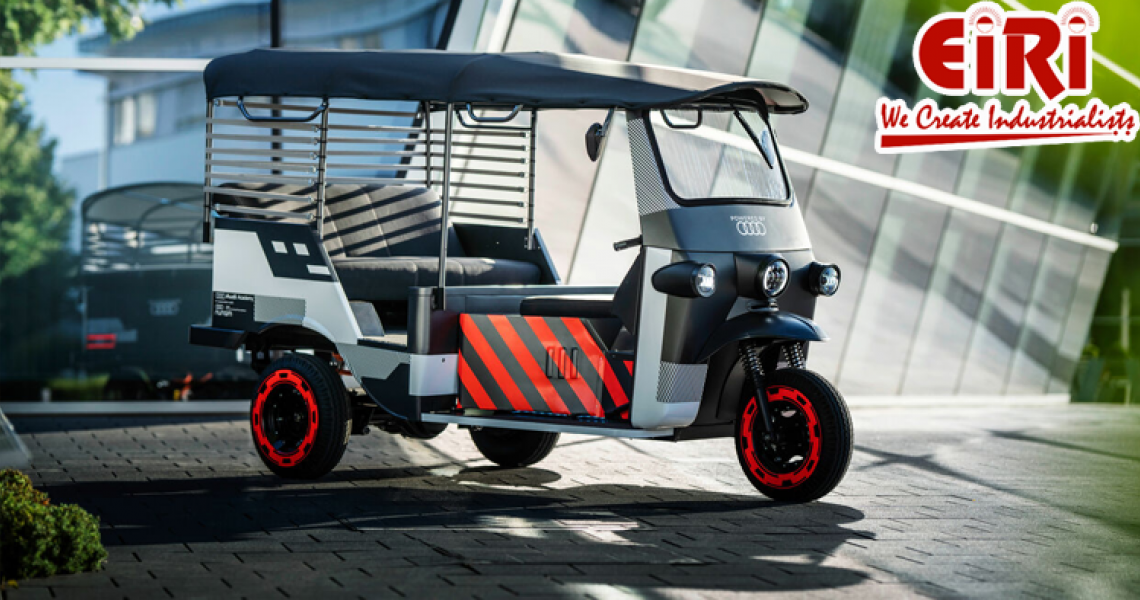Are e-rickshaws useful, and worth the price

Lithium-ion batteries last longer, charge faster, and have high power density, assuring more battery life. The advantage is that the package is lighter and rechargeable as they feature secondary cell construction.
What is the lithium-ion battery life span?
The lithium-ion battery life span is around 3 years. It is the minimum expectation of the manufacturers. The approximation is 2000 charging cycles or 5 years, whichever is less. However, with proper care, the same last for 3000 cycles.
The price of lithium-ion ranges from around ₹ 2250 to ₹1.5 lakh. However, the cell price of lithium-ion is Rs.100. Generally, the price of lithium-ion batteries is higher than other batteries. It is worth the cost for its longer life and unique features. It is the reason top companies are working and implementing various technologies aiming to reduce the battery price of Li-ion.
Li-ion battery for E Rickshaw cost around Rs. 66,000 and features a 3 years warranty. The best e-rickshaw battery is the one with 100Ah and 120Ah capacity, featuring a 4-battery set. It promises fast charging, more backup, and enormous power, resulting in good savings.
Li-ion batteries are safe. They catch fire only if there is some mistreatment. You must avoid placing them close to high temperatures. There is a need to maintain optimal conditions, such as ensuring the storing place is a dry, well-ventilated area and is between 40-80 degrees Fahrenheit.
How is Lithium-ion batteries manufactured?
A lithium battery has a lithium-ion cell, and it features:
- A cathode ( positive electrode of metal oxide)
- An anode ( negative electrode of carbon)
- An electrolyte ( lithium salt)
- A separator ( physical barrier separating anode and cathode)
- Two collectors of current ( positive and negative)
The lithium-ion batteries manufacturer sets off anode and cathode. These two electrodes feature a porous coating electrode in a li-ion cell assembly. The cathode determines the battery voltage and capacity. The anode allows the flowing of electric current to an external circuit. The electrolyte has additives, salts, and solvents. It serves as the Li-ions conduit between the cathode and anode.
How much battery is in an e-rickshaw?
The battery of an e-rickshaw runs on a full charge for 70 km. The battery charger of low-cost has a 500 to 700 watts power rating to charge the e-rickshaws and the non-power e-rickshaw batteries feature six to twelve months, a longer life.
Lithium-ion battery packs metal lithium that is not available freely on Earth. This reason makes it expensive. The other metals such as manganese, nickel, and cobalt used in Li-ion batteries are equally less abundant.
What are e-rickshaws?
The e-rickshaws are the 3-wheelers hauled by electric motors of 650-1400 watts. Mostly, they feature a mild steel tubular chassis at the rear wheels. They come in thin iron versions or aluminum sheets. Now, FRP versions are gaining popularity due to their durability, strength, and low maintenance.
The e-rickshaw in India is 48V, and the body varies from passenger vehicles without roofs and load carriers to full-bodied windshields. E-rickshaw sale relies on the voltage supplied basis and the current output.
The e-rickshaw batteries are lead-acid batteries with a 6-12 month life. However, deep discharge batteries are not much in use for electric vehicles. They feature standard designs in e-rickshaw such as voltage regulators, regenerative braking, flat battery warning in advance, battery cut-off voltage, and accelerator or speed limits.











